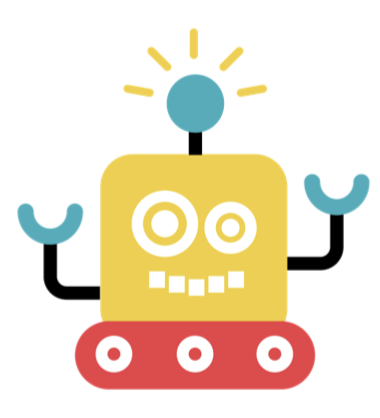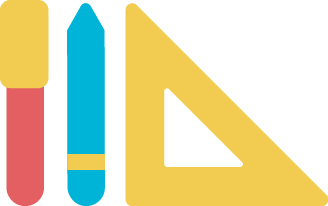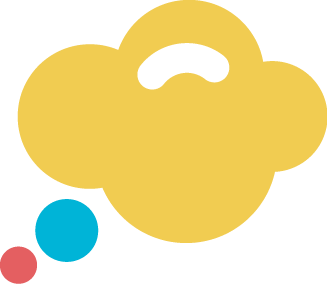
Discover how to bring the Design Futures method to your class. Learn more by downloading the Design Futures curriculum and the assessment materials, and by watching the video tutorials. Recommended for the age range 9/12 years old.
Curriculum
It is composed of a descriptive manual with the lessons step by step, a set of tools and worksheets for learning and practising on the topic, and a “making kit” to build working prototypes.

Assessment
The evaluation of the learning outcomes is supported by guidelines and tools designed to help teachers and students to assess themselves, and also evaluation rubrics for teachers to evaluate the students.

Subtitles available in English, Italian, Dutch, Romanian and Greek

Introduction
How does the curriculum work? How it is structured? In this video, we introduce you to the curriculum phases and the resources available.

We learn
During this phase, students become aware of the topic they will be working on and receive initial inputs.

We research
During this phase, students gather and explore information on the topic, in order to deepen their understanding of the challenge and define the problem.

We imagine
In this phase, students start imagining new solutions, through ideation activities or by looking at further references and examples that can inspire them.

We make
At this point, students focus on making their idea more tangible by creating a prototype, or a more detailed visualization of it.

We evaluate
This phase refers to a moment of overall evaluation on the process and a reflexion on the new learnings acquired.

We present
This phase is dedicated to sharing the results of the process with the entire class. As the last phase of this process, ‘present’ offers a unique opportunity to close the loop of the creative process with a moment of reflection.





